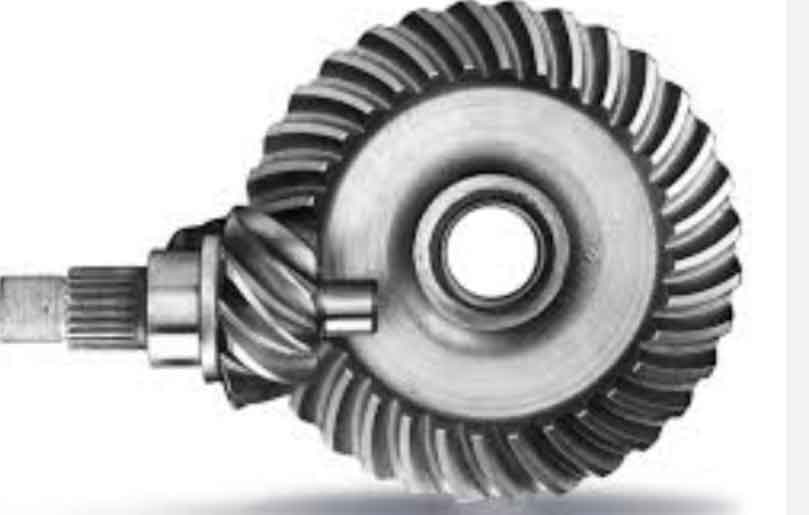
Hypoid gears are a type of gear configuration that has several advantages over other gear types. They are designed specifically to address some of the limitations of bevel gears and offer unique characteristics that make them suitable for various applications. Let’s unravel the advantages of this unique gear configuration:
- Higher Torque Capacity: Hypoid gears have larger contact areas and a more gradual tooth engagement compared to traditional bevel gears. This design allows them to transmit higher torque loads without compromising the gear’s integrity.
- Efficiency: Due to their improved tooth engagement and smoother meshing, hypoid gears typically exhibit higher efficiency than worm gears or traditional bevel gears. This results in reduced friction and less heat generation during operation.
- Compact Design: Hypoid gears can achieve higher gear ratios in a more compact form factor compared to other gear types, making them suitable for applications with limited space or weight constraints.
- Axial Offset: Unlike traditional bevel gears, which have the axes of the two mating gears intersecting at a point, hypoid gears have an offset between the axes. This feature allows for smoother operation and reduces the likelihood of tooth interference, minimizing noise and vibrations.
- Versatility: Hypoid gears can be used in a wide range of applications, from automotive drivetrains (like in rear-wheel-drive vehicles) and heavy machinery to power tools and household appliances.
- Lubrication: The design of hypoid gears allows for efficient lubrication distribution, resulting in reduced wear and extending the gear’s lifespan.
- Noise Reduction: The offset nature of hypoid gears, along with their smoother tooth engagement, leads to quieter operation compared to traditional bevel gears, making them suitable for applications where noise reduction is essential.
- Strong Tooth Design: The tooth geometry of hypoid gears is well-suited to handle varying loads and shock forces, making them more durable and reliable in demanding environments.
- Wide Range of Ratios: Hypoid gears can achieve a wide range of gear ratios, making them adaptable to different torque and speed requirements.
Despite their many advantages, it’s essential to note that hypoid gears also have some limitations. One significant limitation is the complexity of their manufacturing process, which can result in higher production costs compared to other gear types.
Overall, hypoid gears offer a unique set of advantages that make them an excellent choice for specific applications, especially those requiring high torque capacity, compact design, and reduced noise levels.
